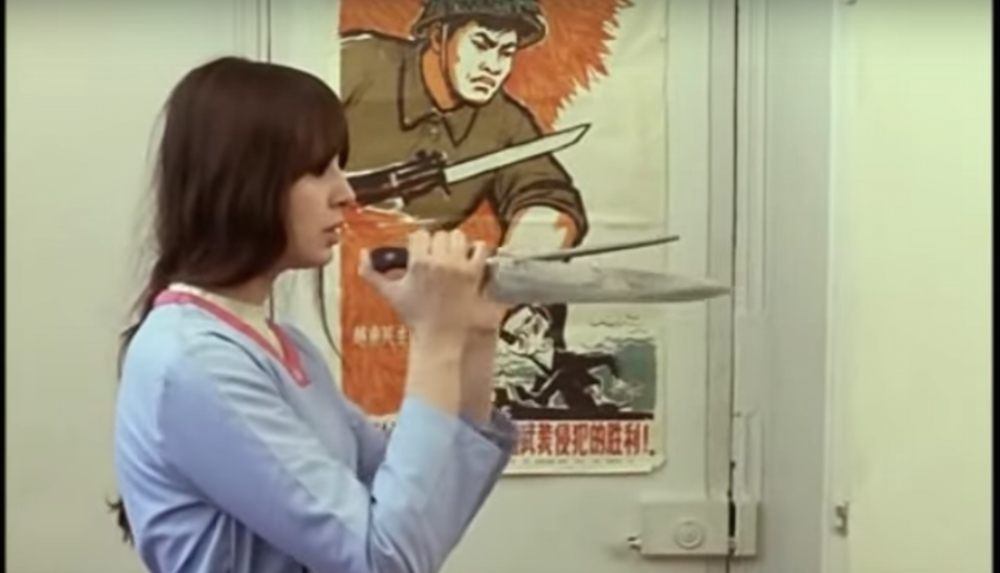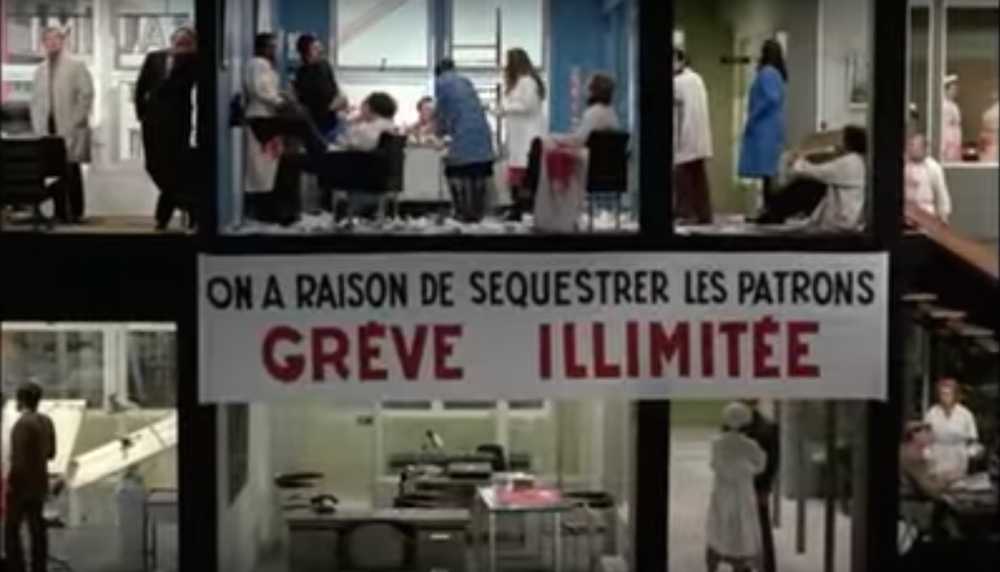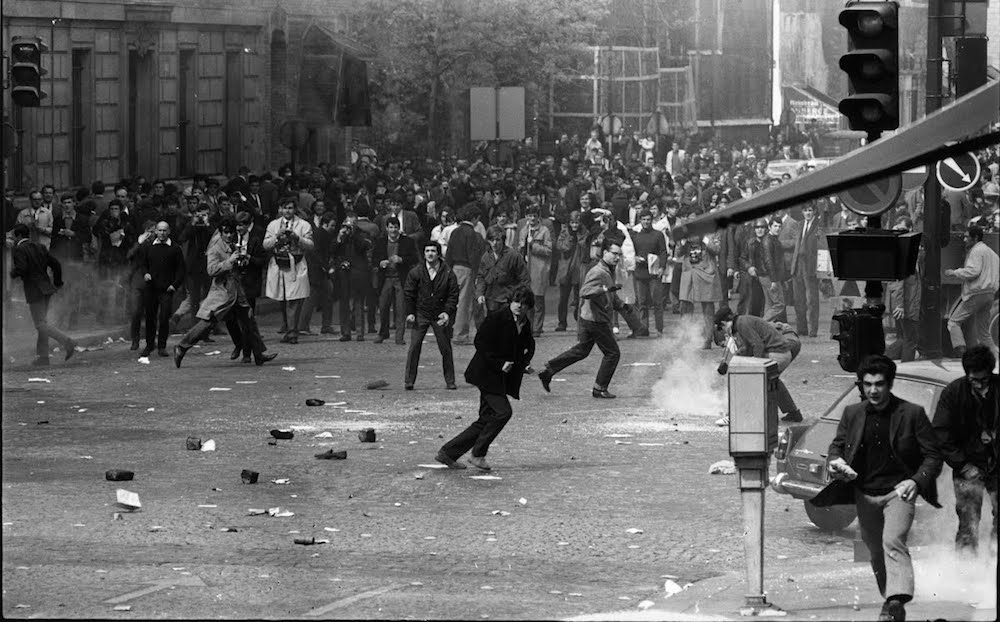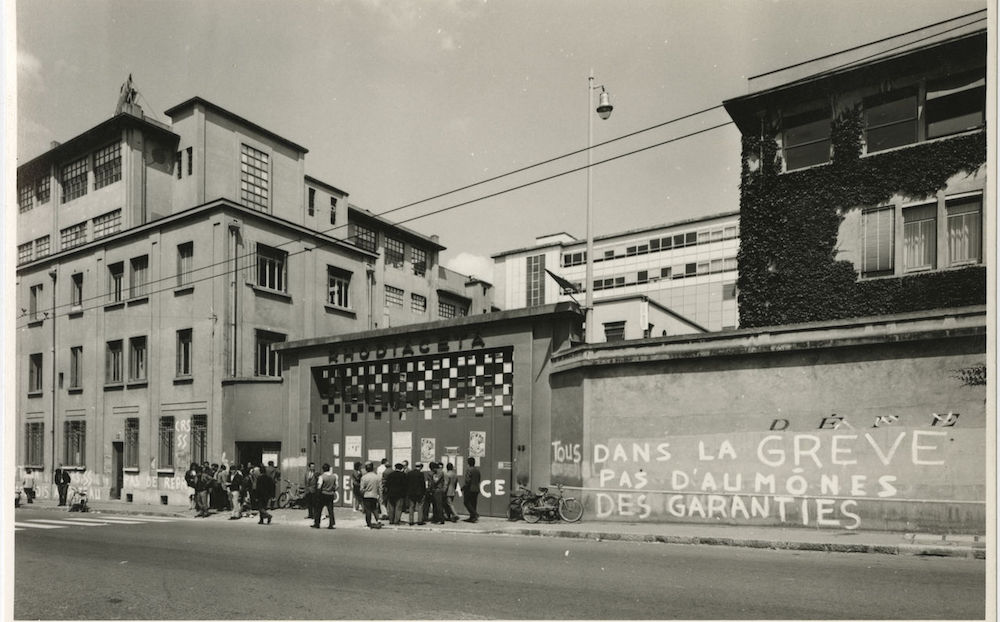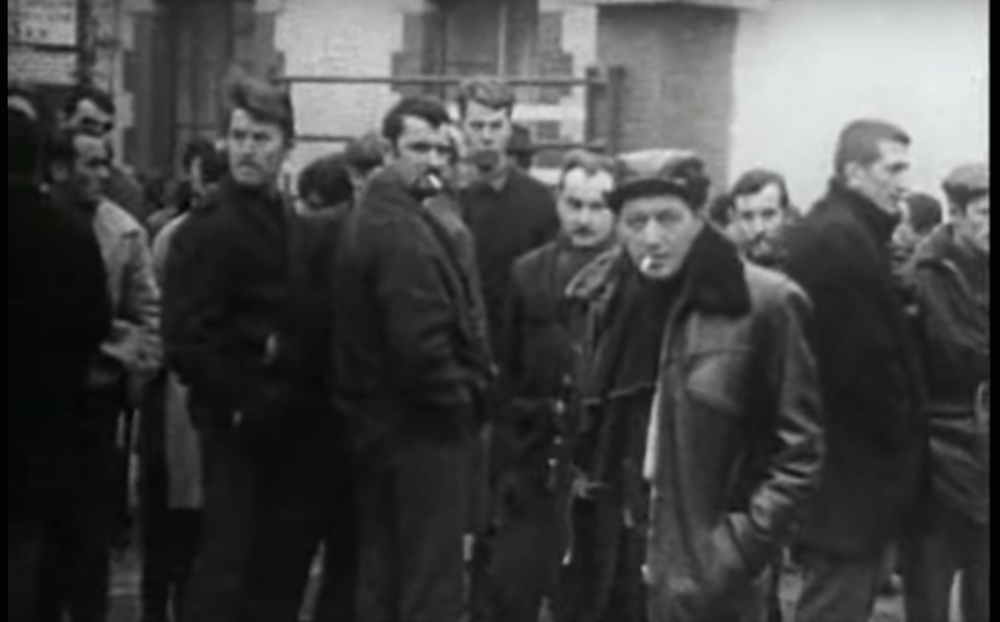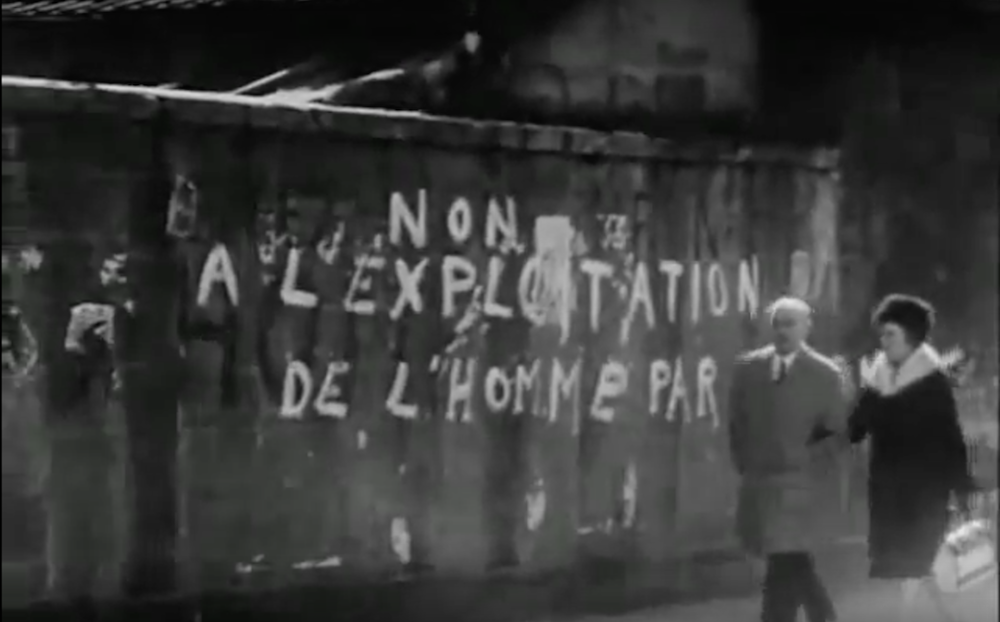Men with movie cameras: why documentary cinema owes everything to Soviet filmmakers
In the 1920s and '30s Soviet directors like Dziga Vertov and Aleksandr Medvedkin created a new form of cinema: radical, interactive and propagandistic. Their innovations laid the ground for documentary film as we know it, inspiring generations of politically minded filmmakers, from Jean-Luc Godard to Joshua Oppenheimer
Fans of early Soviet art are often attracted by the fact that it’s thrillingly partisan stuff: no postmodern irony or pastiche here, just forceful proclamations of political conviction, a shockingly Red art. Of course, this is much the same thing as acknowledging that this art functioned at least in part as propaganda. For precisely this reasons, in the liberal West the likes of El Lissitsky and Mayakovsky seem to belong to a different world – brave and new, yes, but also somehow compromised.
It might therefore seem unlikely that the early years of Soviet culture would give birth to documentary film – surely the preserve of (relative) objectivity and measured observation? Yet this is what happened when some of the most inventive and politically committed filmmakers of the young Soviet state took it upon themselves to capture their brave new world. Drawing on their experiences in journalism and the military, and their desire to understand and exult ordinary workers, the likes of Dziga Vertov and Aleksandr Medvedkin created a new, non-fiction genre that is still in force today.
Vertov’s influence in particular on modern film is so ubiquitous as to be almost invisible: hundred of directors in documentary and fiction have explored ideas which he and his crew opened up, probably without knowing it. One way to appreciate the link is to draw a line from their documentary revolution to perhaps the last great wave of western political filmmakers, the 1960s and ‘70s French New Wave of Jean-Luc Godard and Chris Marker. Because whenever cinema tries to document the struggles and agencies of downtrodden people, Vertov and Medvedkin are there in the background.
Whenever cinema tries to document the struggles and agencies of downtrodden people, Vertov and Medvedkin are there in the background
Dziga Vertov was born David Kaufman in Jewish Bialystok. In 1918 he moved to Moscow, and spent the next seven years reimagining non-fiction film. Working on a number of newsreels with his wife, editor Elizaveta Svilova, and cameraman brother Mikhail, Vertov (as he now styled himself) developed a number of fundamental early film theories: for instance, the idea that how shots were cut together could create new meaning or sympathies, even when the footage itself was unstaged or “documentary”. Vertov, Svilova and Kaufman turned the crude newsreel – at that point often just a collection of unlinked establishing shots – into something emotive, politically expedient, radical. As he moved into feature film production, Vertov wrote a number of manifestos in which he lauded the non-fiction cinema as a truly liberatory force: anyone could take up a camera and capture the world around them. This was true democracy, “the transfer of authorship to the people”.
Between 1926 and 1931, Vertov and co produced four feature-length classics (A Sixth Part of the World, The Eleventh Year, Man with a Movie Camera and Enthusiasm) which mixed ethnography, propaganda, satire and increasingly radical editing techniques. These works – above all Man with a Movie Camera, his dizzying masterpiece about daily life in the Soviet city that makes most modern cinema look tame and was recently voted the eigth best film of all time by Sight and Sound – are what cement Vertov’s position as godfather of documentary. The scholar Jeremy Hicks has written that “Vertov’s struggle to make films, to describe and defend his filmmaking practice, was the struggle to define documentary as such.” His reflexive and politically strident films dispensed with the myth of non-fiction “objectivity” and threw themselves into the construction of a different world.
Aleksandr Medvedkin came late to film. From 1927 to 1932, he honed his craft producing short agitational films, before eventually receiving political backing for the recklessly ambitious project for which he is best known: the film-train. Medvedkin’s plan was to fit out a train with a miniature film studio and cinema, man it with a skeleton crew and then travel around the Soviet Union. The train would stop for a few days at a time, shoot documentary footage of local communities and then process and screen the results immediately, on location.
Trailer for Man with a movie camera, dir. Dziga Vertov (1929)
With a hand-picked team of 32 “young romantics”, Medvedkin took to the rails. In its first year, the film-train spent 294 days in transit and produced an incredible 72 films. The crew were afforded a single square metre of sleeping space each and expected to work 18-hour days without question. It’s estimated that over 100,000 workers were screened footage of their own lives in this way. The few surviving examples show how crude and pared-down the results were, but also how vivid and direct; Medvedkin was inventing a new type of interventionist documentary as he went along, getting involved in the lives of regular Soviet citizens. “To see on screen one’s own friends, one’s factory floor – that’s interesting for anyone,” he wrote. This was documentary as a weapon: by reflecting ordinary citizens back to themselves, Medvedkin intended to motivate workers to fulfill the demands on the First Five-Year Plan.
Vertov and Medvedkin hardly ever met, even though at one point in 1937 they lived in the same building. Both men were sidelined by the rise of Stalinism. But a few decades later, even as they sunk into obscurity at home, the two became the inspiration for some of the most influential and radical filmmakers in Europe.
Man with a Movie Camera, Vertov’s dizzying masterpiece about daily life in the Soviet city, makes most modern cinema look tame
The documentarian Jean Rouch is credited as the forerunner to the French New Wave – the explosion of cinematic iconoclasm in the 1950s and ‘60s that launched some of the most lauded arthouse directors of all time: Jean-Luc Godard, Jacques Rivette, François Truffaut. In his 1961 film Chronicle of a Summer (itself one of the most celebrated documentaries of all time), Rouch coined the term cinema vérité in reference to Vertov: “Our sole intention was a homage to Dziga Vertov… who completely invented the kind of film we do today.”
Director Aleksandr Medvedkin talking about his cine-train
As Jeremy Hicks writes: “the increasingly political character of 1960s filmmaking and scholarship found their agenda vindicated in Vertov’s attitudes to art and politics.” As Europe was shaken by the mass protests and strikes of 1968, Godard founded the “Dziga Vertov Group”, a collective of militant filmmakers. In over nine agitational films, culminating in 1972’s Everything’s Fine starring Jane Fonda, the Group combined Rouch’s handheld style with their namesake’s radical editing techniques, setting Godard up for the increasingly experimental approach he has recently taken with Filme Socialisme and Goodbye to Language.
Medvedkin found his own acolyte in Chris Marker, the cult documentarian behind underground classics like Sans Soleil and La Jetée, a more poetic and meditative filmmaker than Godard. After a chance meeting in Leipzig in 1967, he and Medvedkin became firm friends. Marker was blown away by the story of the film-train, and resolved to apply it to his own work.
From 1967 until 1971, Marker was involved with workers who had occupied the Rhodiaceta textile factory in Besançon in eastern France, demanding not just political freedoms but the right to cultural expression too. With Marker and a filmmaking collective called the Medvedkin Group, these untrained workers produced eight short films about their own lives; Class of Struggle (1968) still stands as one of the greatest declarations of the power of organised labour put to celluloid. The spirit of the film-train, which had once captured the lives of Ukrainian miners and Crimean farmers, was alive and well in post-war France. Marker would later state: “The film-train is something of a myth for us – the train of revolution, train of history – but the biggest mistake would be to believe that it had come to a halt.”
“All people – to a greater or lesser extent – are poets, artists, musicians etc. Or there are no poets, artists or musicians at all”
What Godard and Marker took from Vertov and Medvedkin was the conviction that ordinary people could think intelligently about and act decisively in their own lives, that their voices mattered and could be amplified through documentary. In one of the Medvedkin Group’s shorts, a worker and organiser from Besançon tells Marker: “Once you have put your eyes behind a camera, you are no longer the same man, your perspective has changed.” Vertov himself had written some decades earlier that “all people – to a greater or lesser extent – are poets, artists, musicians etc. Or there are no poets, artists or musicians at all.”
More prosaically, the techniques that ran from early Soviet documentary through Rouch and the French New Wave are now firmly entrenched in the mainstream. Cinéma verité, Rouch’s “homage to Vertov”, is credited with inspiring the likes of Pedro Costa, Harmony Korine and Béla Tarr, as well as contemporary documentary masters like The Act of Killing’s Joshua Oppenheimer. The reflexive editing style first perfected by Vertov and then taken up by Godard is littered throughout mainstream action like The Bourne Ultimatum, Children of Men and Cloverfield.
In his touching tribute to his late friend, The Last Bolshevik (1992), Marker’s voiceover laments that while Medvedkin was alive “there were too many things to hush up, and now there are too many to say.” Luckily for us, Vertov and Medvedkin are keeping the conversation going, even now.
Text: Samuel Goff
The Future Remains: Revisiting Revolution runs until December 2017 at the Calvert 22 Foundation
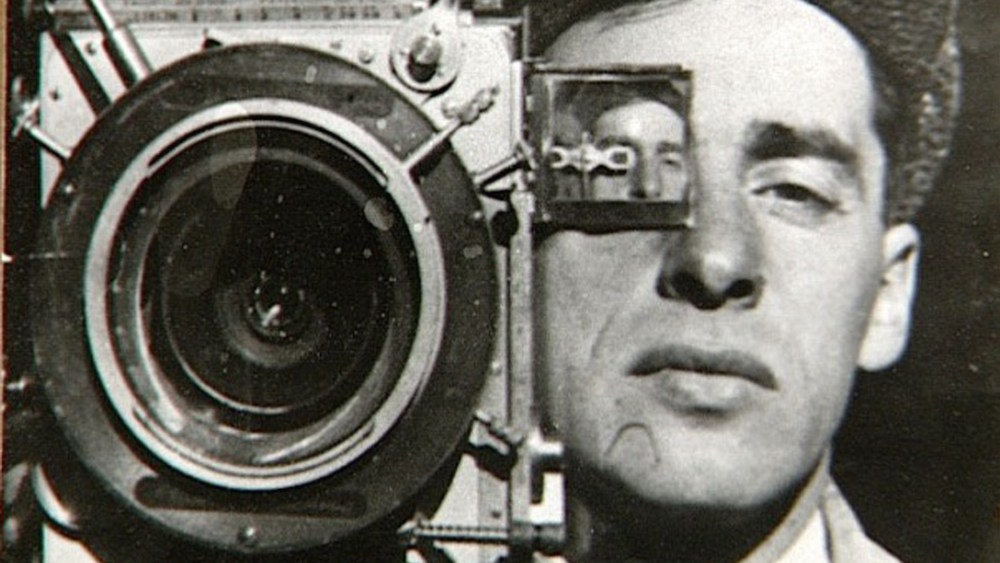
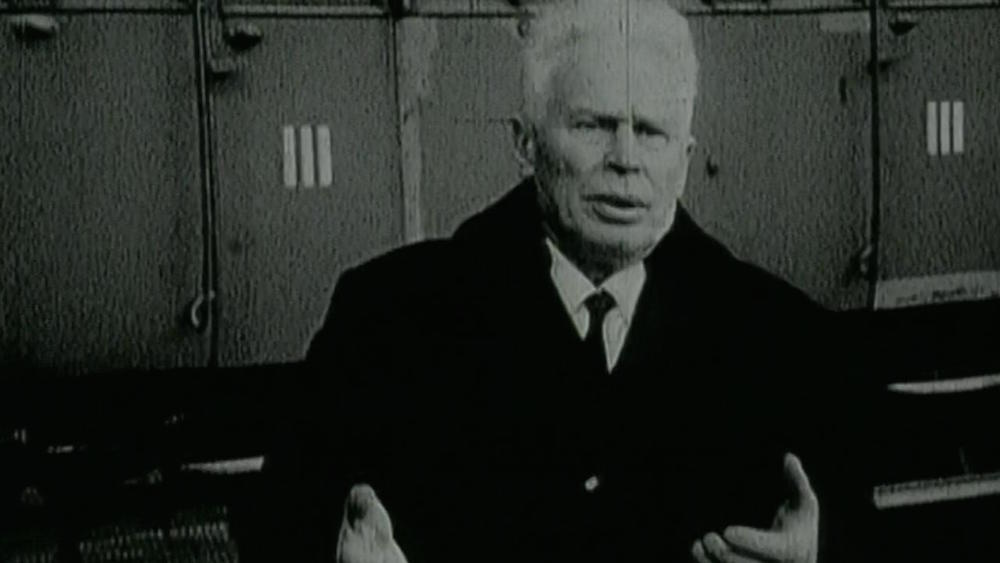
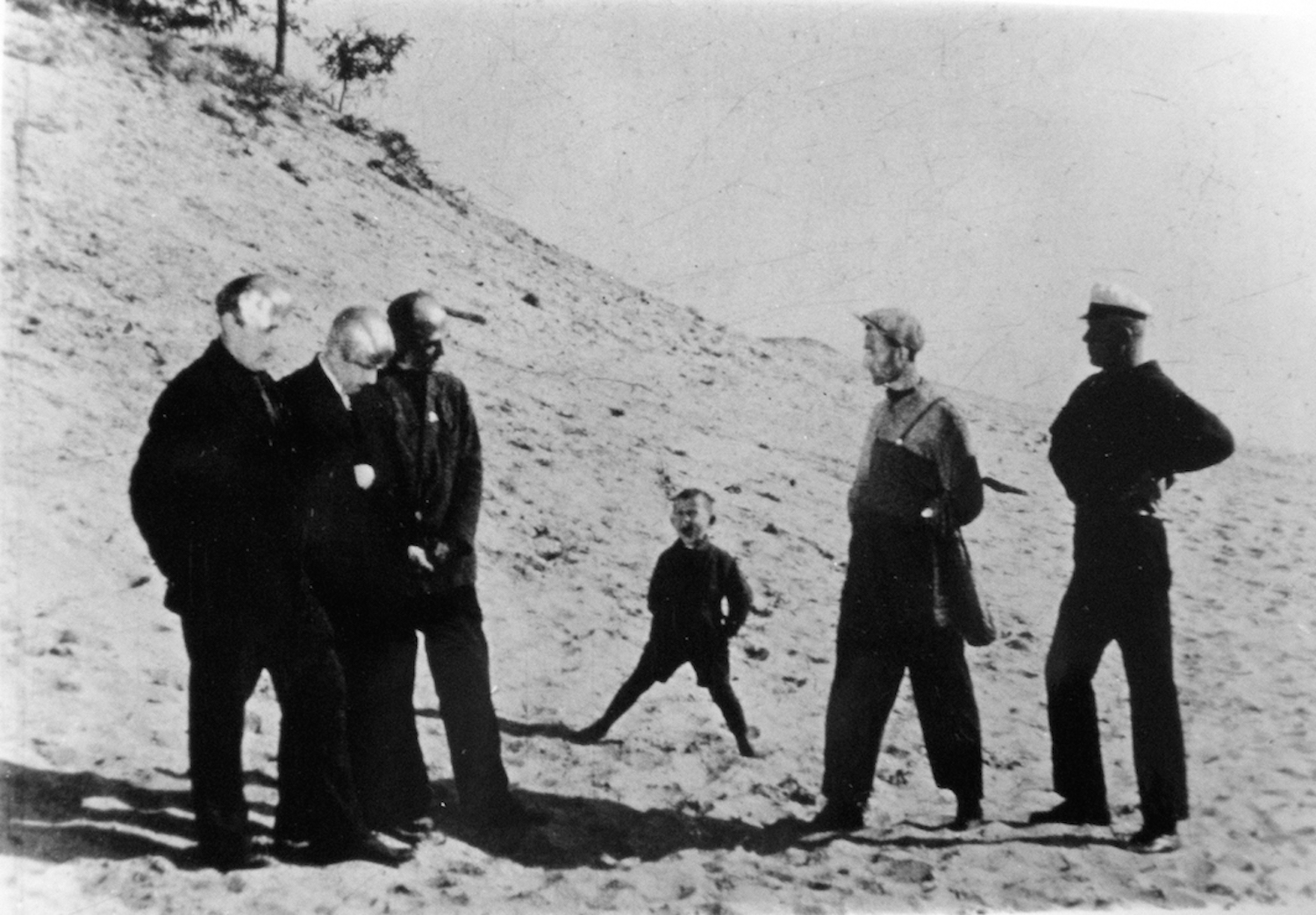
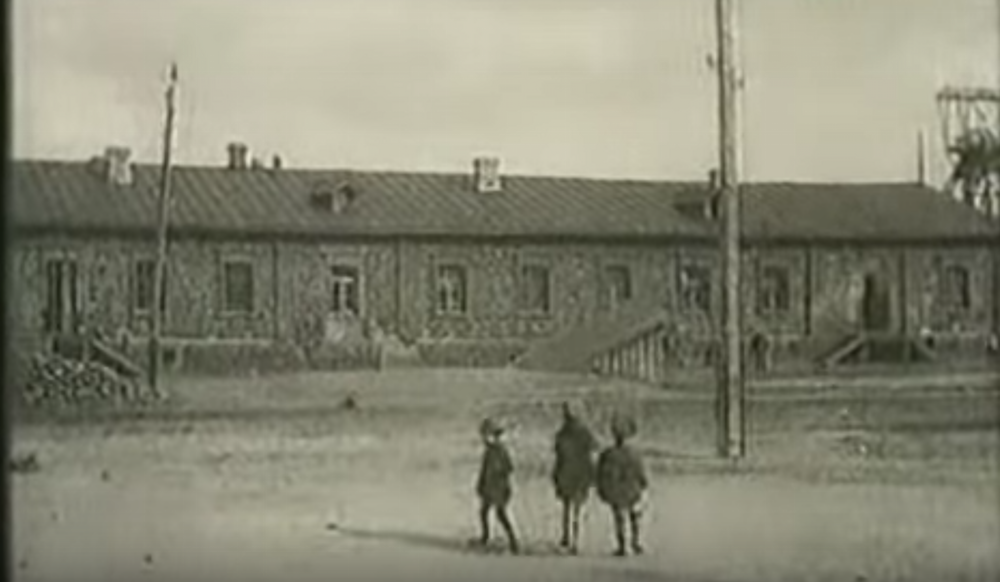
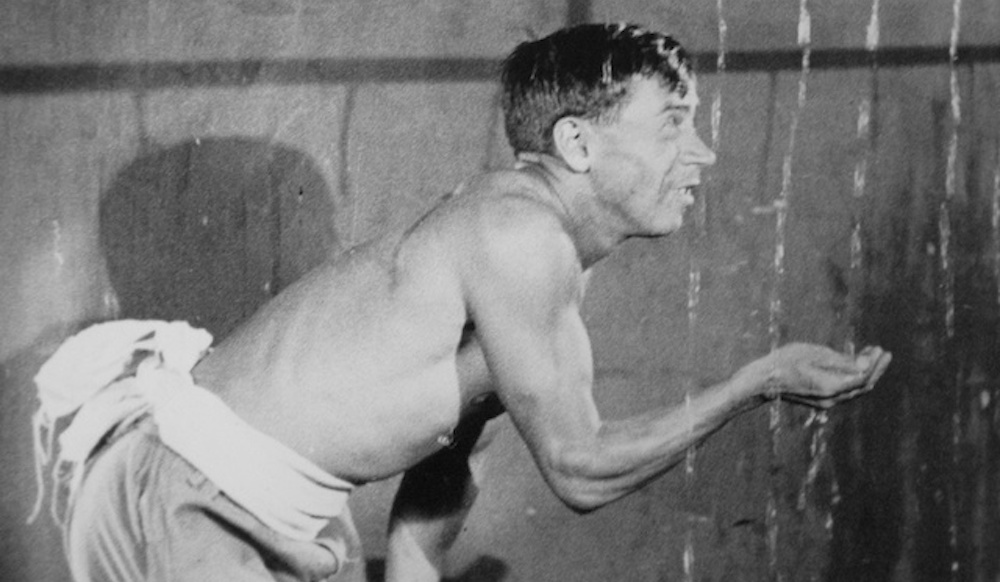
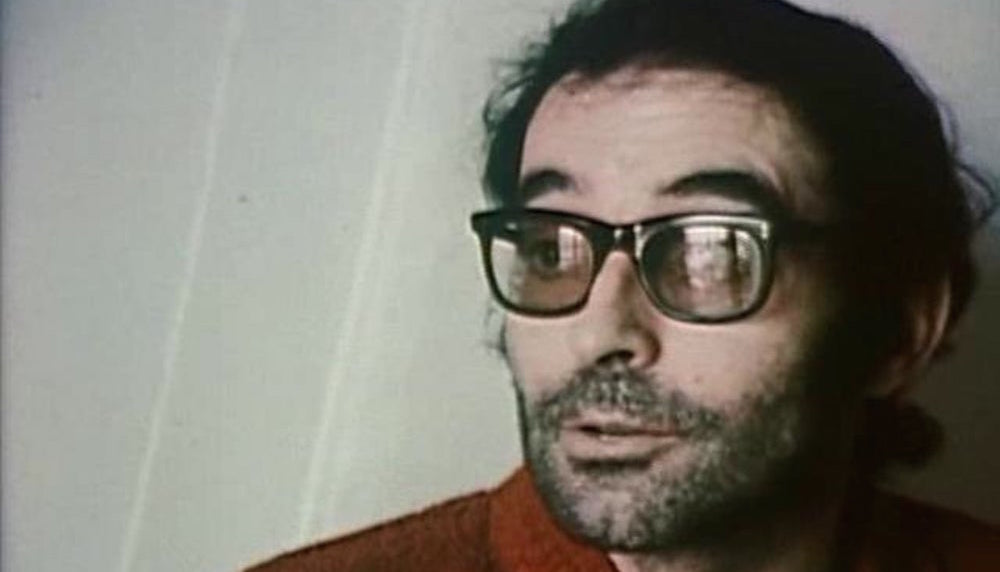
_youtube.png)
